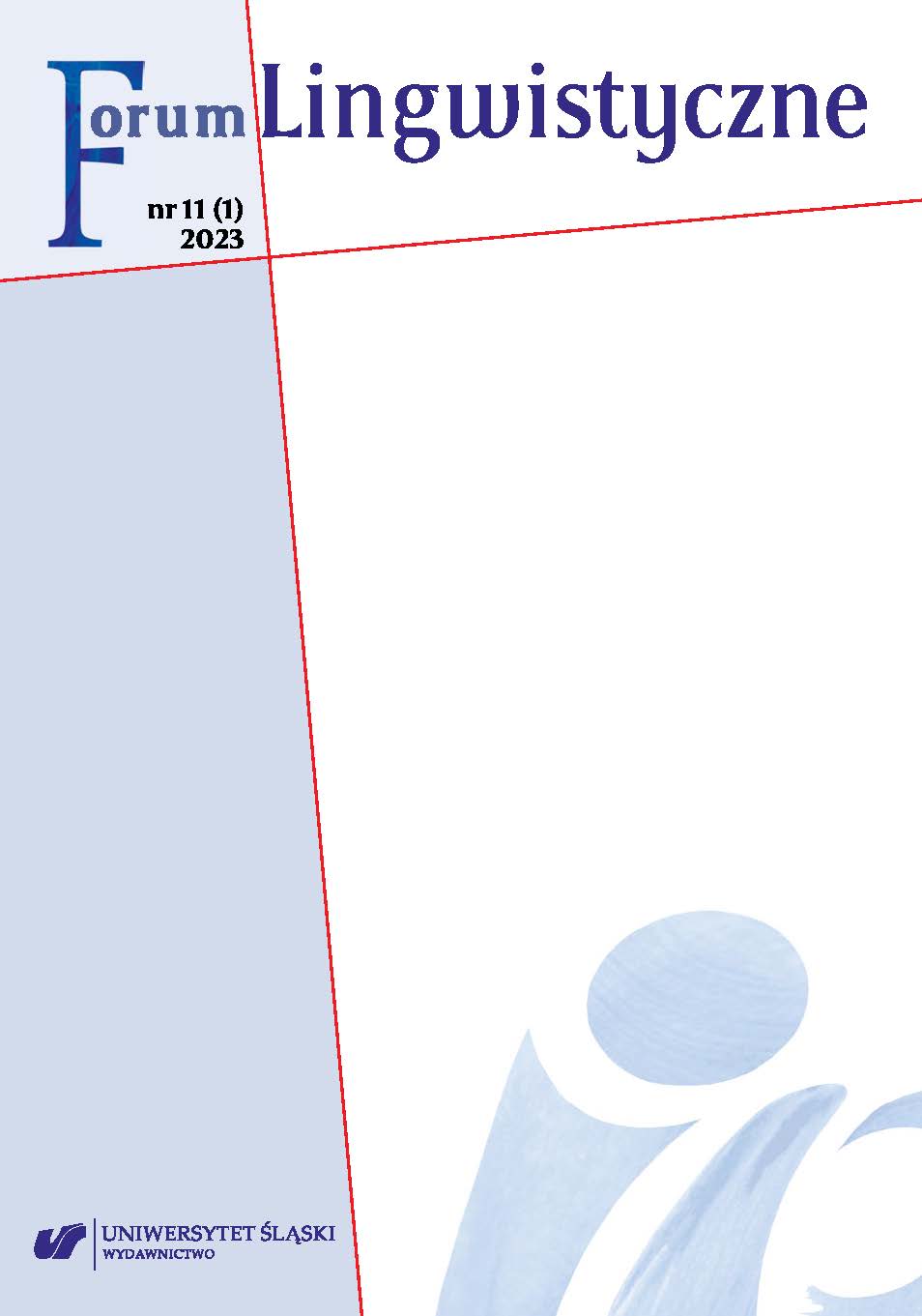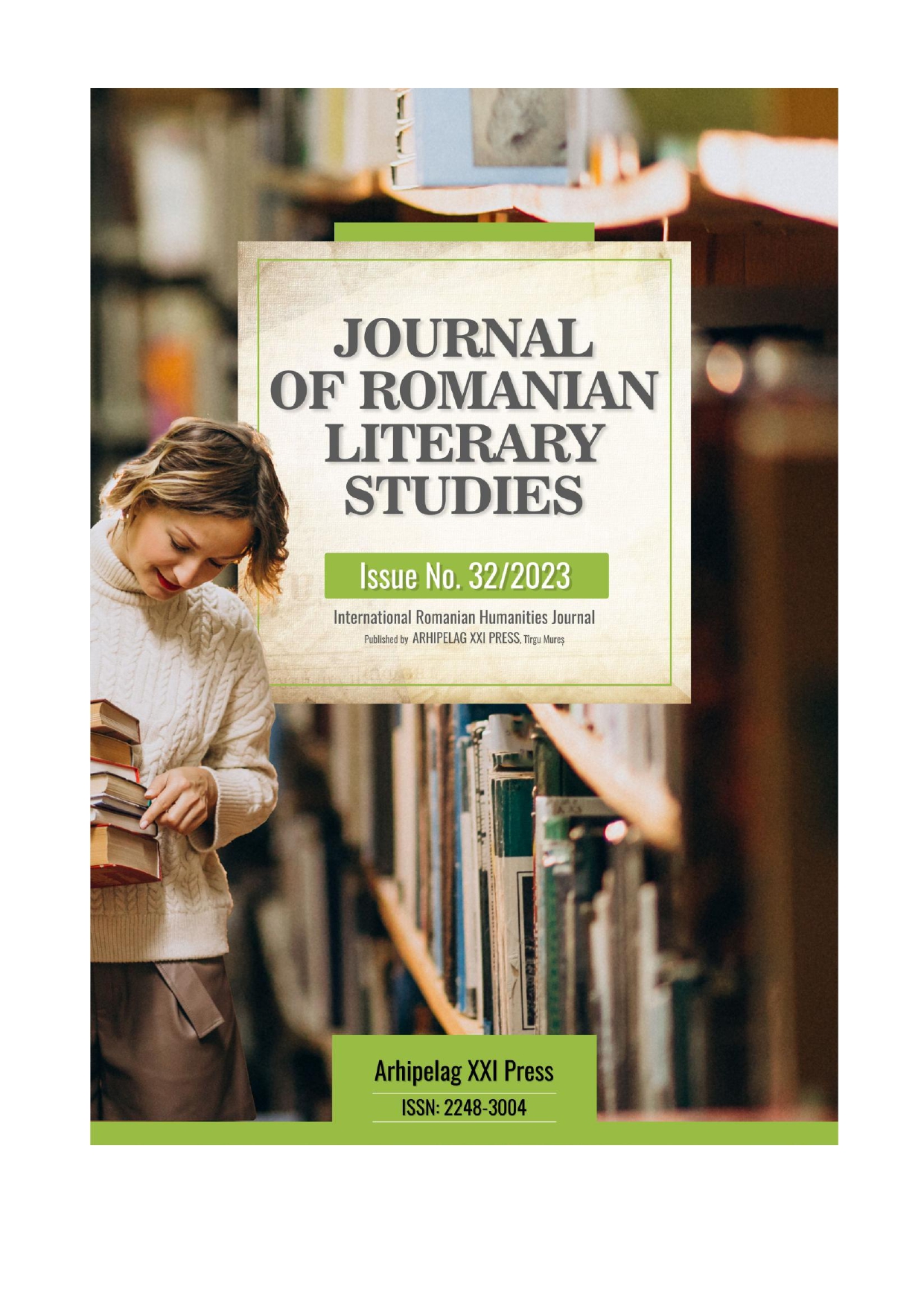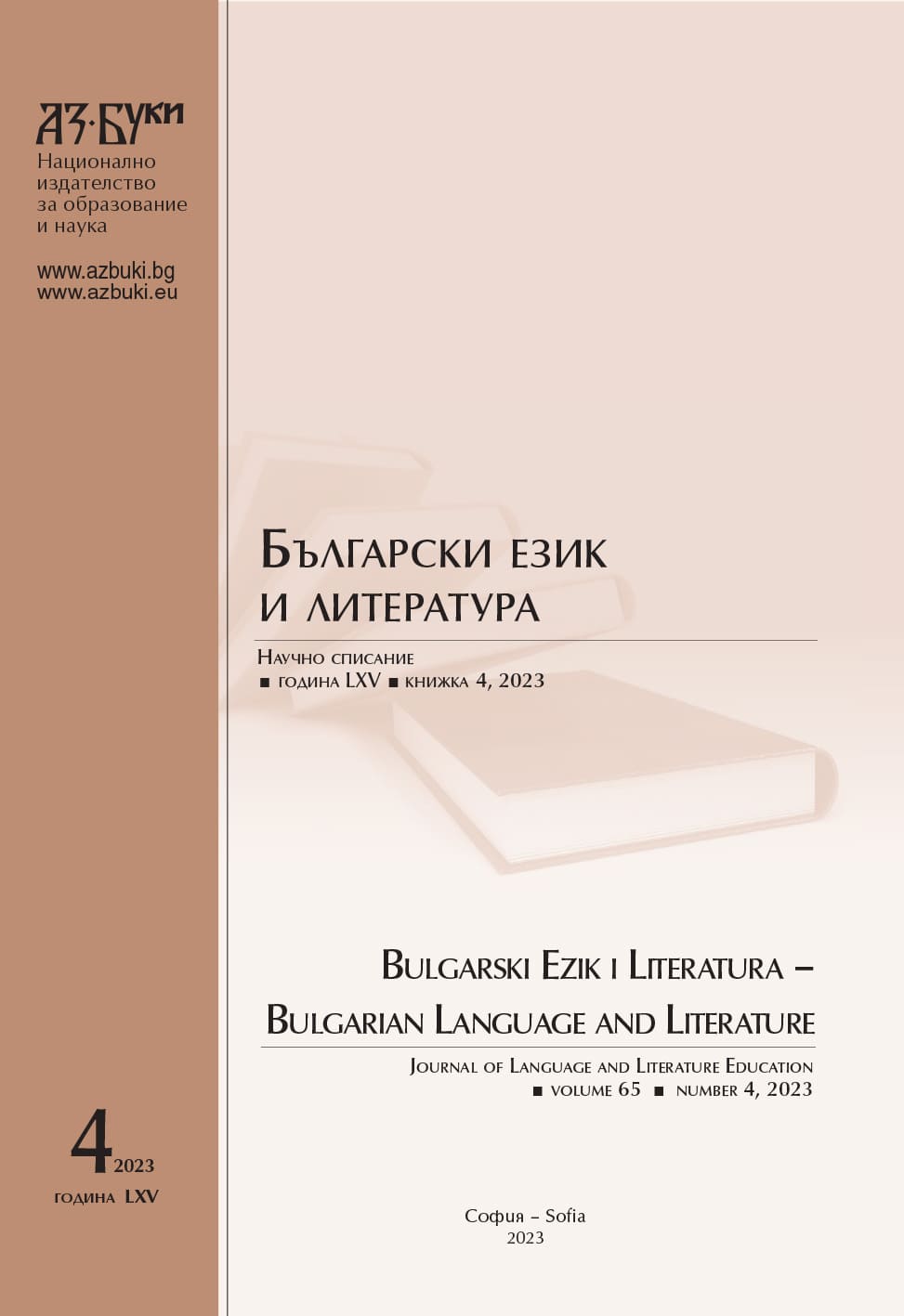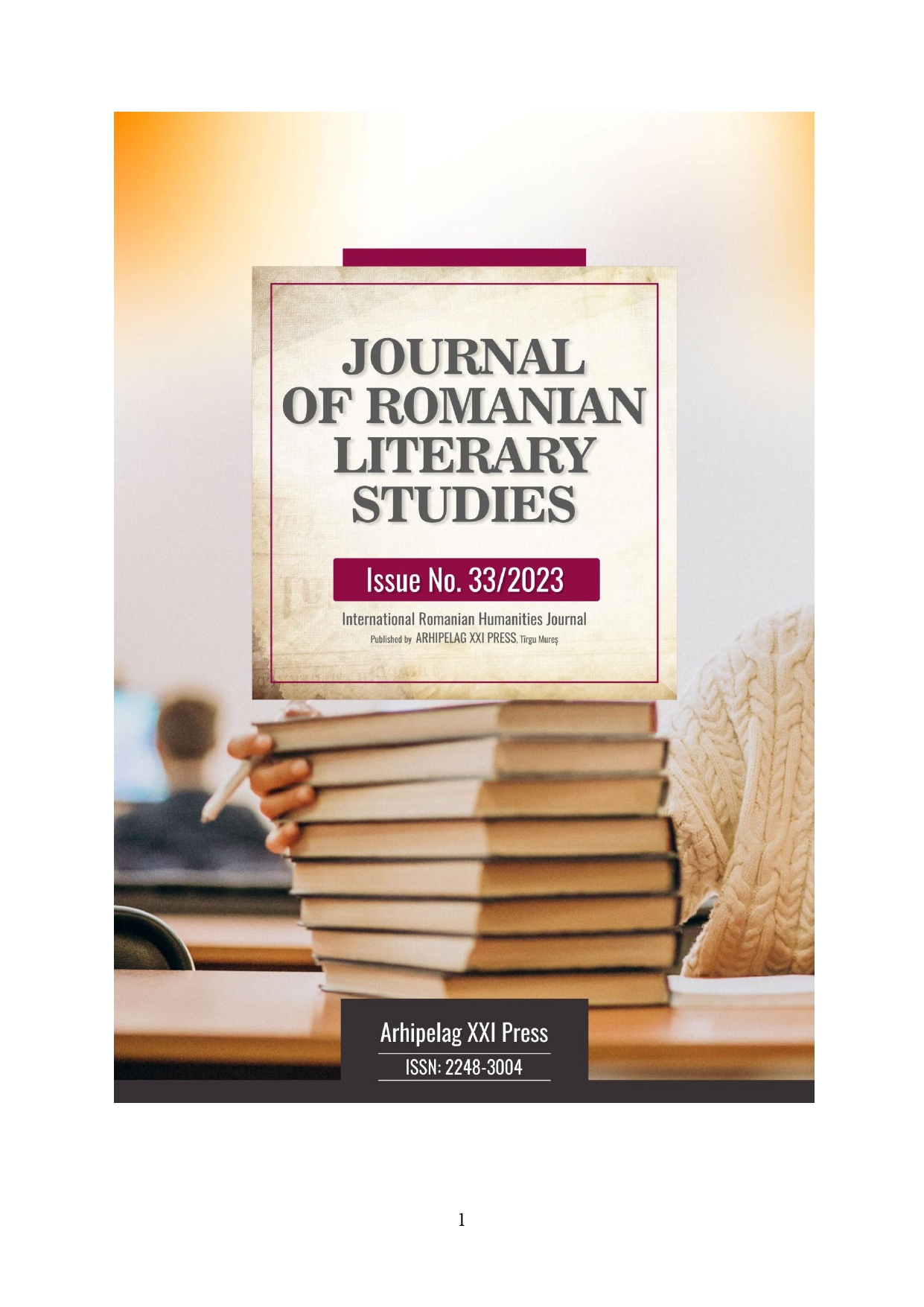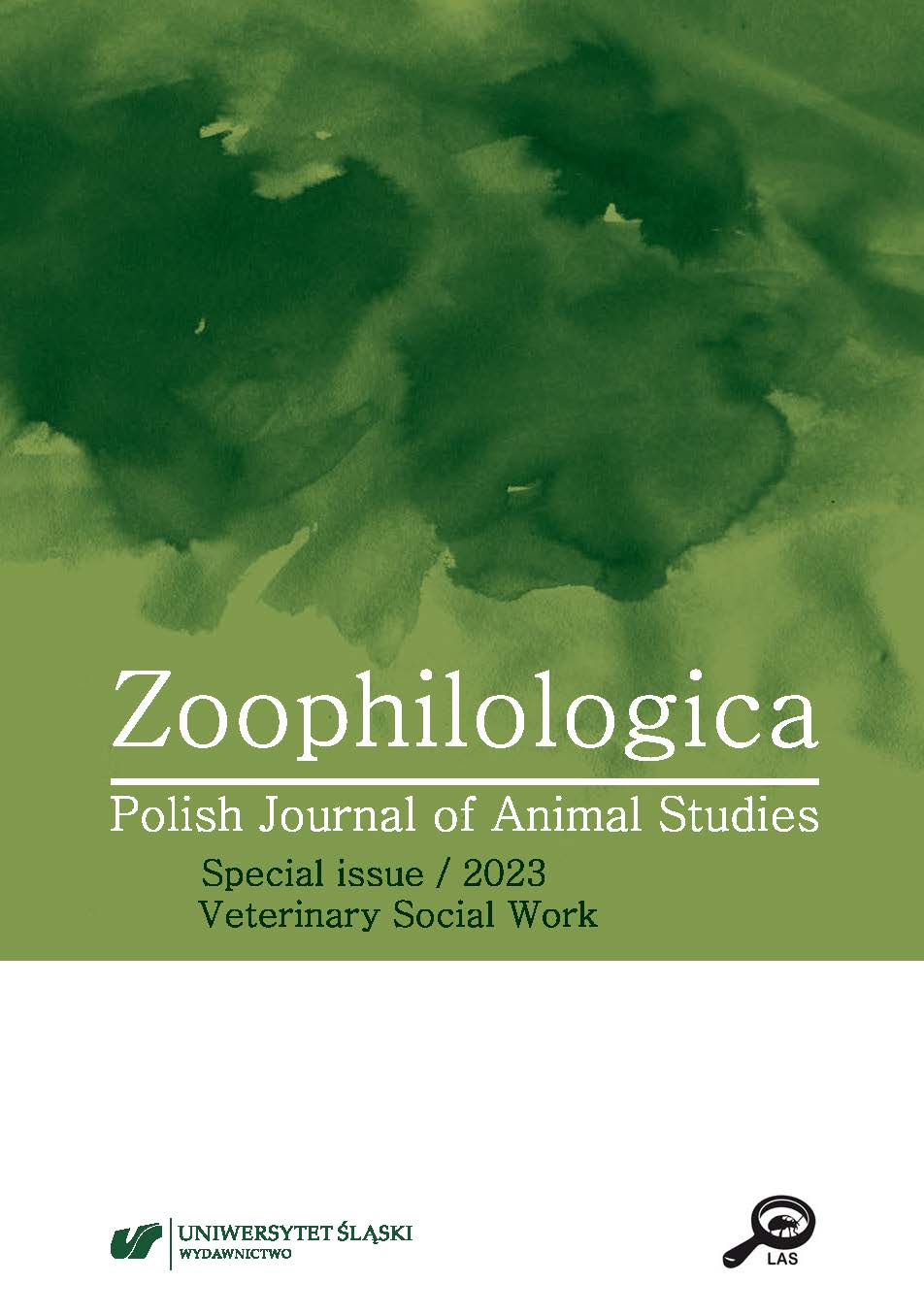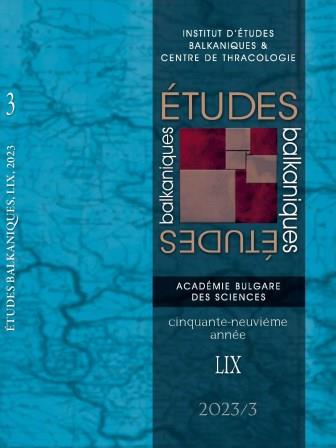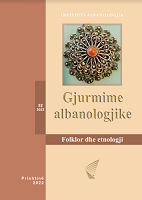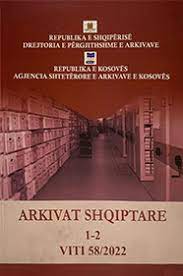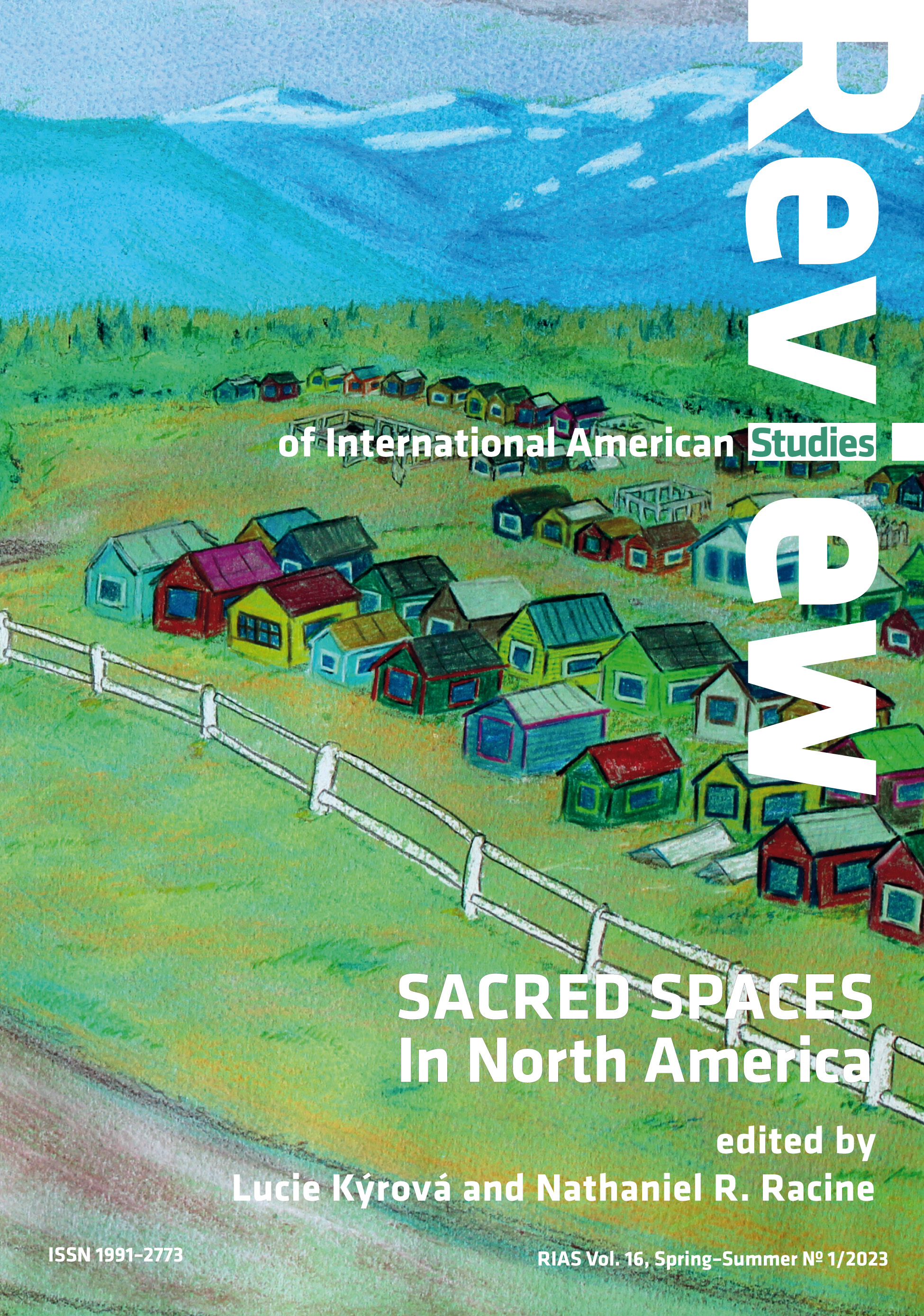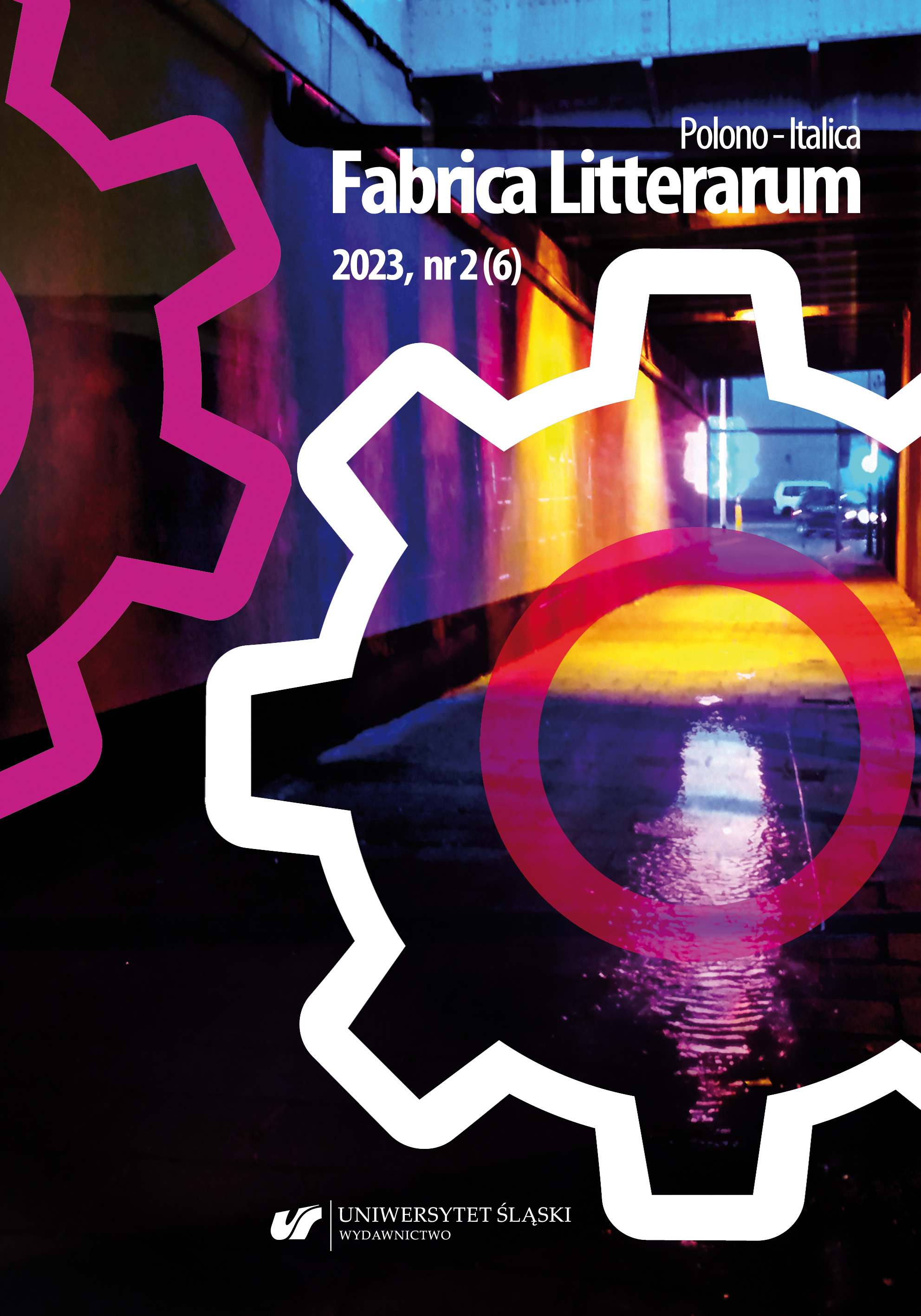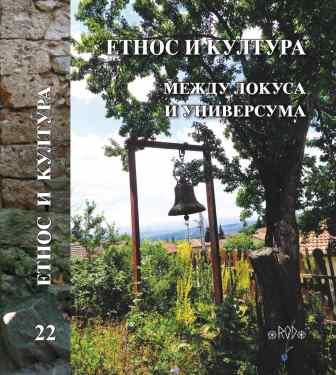Author(s): Daniela Petrova / Language(s): Bulgarian
Issue: 22/2023
The publication examines the meaning behind the paintings of the Bulgarian symbolist artists from the 1920s, in the context of the Native Art movement. With the advent of Symbolism in the Bulgarian art scene, religious images, which are part of the overall conceptual apparatus of European Symbolism, began to appear more and more often in the works of various artists. Thus, along with the modernized “academic” appearance of the new Bulgarian church art, the images of Christianity enter the modern Bulgarian art, mostly through the symbolist narrative. After the end of the First World War, passed through the tragedy and horror of national catastrophes, the Bulgarian artist turned his attention to the religious image in a deeper way, finding in it both spiritual trust and search for a higher meaning, than everyday life, as well as a foundation of his national identity, of his ancestral memory and essence, inextricably linked to the Orthodox faith. In the decade of the 1920s, the complex way in which secessionist aesthetics and Symbolism merge is particularly clear. Not only in Bulgaria, but also in other countries where the Secession develops, it cultivates and educates a special sensitivity to the spiritual and the legendary. Whether in the religious narrative, or in the ascetic images of the monks, the paintings inspired by the Orthodox faith in the Bulgarian art from the 1920s are most often are recreated by the language of Symbolism. Like the old masters, Bulgarian artists realize that in the philosophical depths of the themes of spirituality and faith, the easiest way to embody specific ideas is through the symbol.
More...
